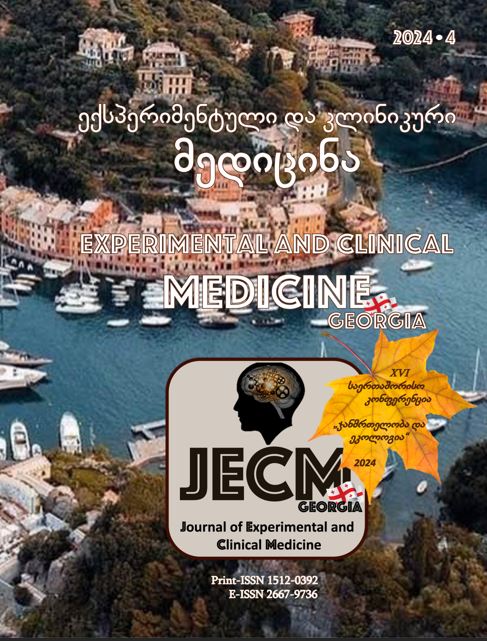MANIFESTATION OF SOME KEY ISSUE ASPECTS OF FEATURES OF MEDICINES TURNOVER AND ITS INFLUENCE ON ENVIRONMENT AND MEDICAL-ECOLOGICAL SAFETY CHALLENGES GLOBALLY
DOI:
https://doi.org/10.52340/jecm.2024.04.35Keywords:
Features, medicines, turnover, influence, environment, health, ecological safetyAbstract
Aim of the research was to study some key issue aspects of features of medicines turnover and its influence on environment and medical-ecological safety challenges globally. Pharmaceuticals are essential for human health, but they become an environmental concern when entering the environment which occurs when residues are excreted after consumption or when unused pharmaceuticals are discarded improperly. Although there are no developed detection methods for all pharmaceuticals that reach the ecosystem, certain groups have been proven to cause adverse effects on ecosystems, including increased mortality in aquatic species and changes in physiology, behavior, or reproduction. Particular attention is devoted to these groups of pharmaceuticals and their environmental impact. Various policy interventions are recommended across the lifecycle including source-directed, user-orientated, and waste management measures, to prevent the creation of household pharmaceutical waste and to ensure environmentally friendly ways of pharmaceutical household waste disposal. Preventive measures include rational pharmaceutical consumption, prescribing greener drugs, or designing pharmaceuticals that are benign and easily biodegradable, improved disease prevention, personalized medicine, enhanced dimensioning of pack sizes, and marketplaces for redistribution of unused pharmaceuticals.
Downloads
References
European Medicines Agency 2010. Reflection paper on risk mitigation measures related to the environmental risk assessment of veterinary medicinal products. EMA/CVMP/ERAWP/409328/2010.
European Commission 2006. Directive 2006/118/EC of the European Parliament and of the Council on the protection of groundwater against pollution and deterioration. 2006/118/EC.
Sumpter JP. 2010. Pharmaceuticals in the environment: moving from a problem to a solution. In Green and sustainable pharmacy (eds Kümmerer K, Hempel M.), pp. 11–22. Berlin, Germany: Springer.
European Commission 2000. Directive 2000/60/EC of the European Parliament and of the Council establishing a framework for community action in the field of water policy.
Roos V, Gunnarsson L, Fick J, Larsson DGJ, Ruden C. 2012. Prioritising pharmaceuticals for environmental risk assessment: towards adequate and feasibile first-tier selection. Sci. Total Environ. 421–422, 102–110.
Christen V, Hickmann S, Rechenberg B, Fent K. 2010. Highly active human pharmaceuticals in aquatic systems: a concept for their identification based on their mode of action. Aquat. Toxicol. 96, 167–181.






